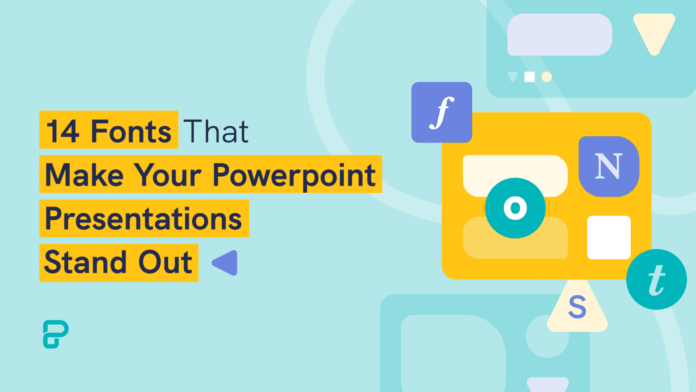In the world of typography, headlines are the gateways to content. They serve as the first impression, the initial point of contact that draws readers into the narrative. Slab fonts, characterized by their bold and blocky serifs, stand as the vanguard of headline design. These fonts are more than just letters; they’re a proclamation of authority, a bold statement that demands attention. This exploration delves into the power of slab fonts as headline choices, uncovering their historical significance, design characteristics, and the art of using them to create captivating and commanding headlines.
The Historical Roots of Slab Fonts
Slab fonts, also known as “slab serif” or “Egyptian” fonts, have a rich typographic heritage that traces back to the 19th century. The Industrial Revolution’s influence on design, coupled with the need for impactful advertising typography, led to the birth of slab fonts. These fonts were characterized by their thick, rectangular serifs and bold letterforms that grabbed attention in a world transitioning from handcrafted typography to mass printing.
As communication needs evolved, slab fonts found their place in various mediums, from posters and advertisements to newspapers and book covers. Their robust presence and unapologetic boldness made them a natural choice for headline design, where their impact was undeniable.
The Bold Characteristics of Slab Fonts
Slab fonts are defined by their striking attributes, each of which contributes to their commanding presence on the page.
- Boldness: The defining feature of slab fonts is their boldness. The thick serifs and weighty letterforms make a statement that cannot be ignored, making them ideal for headlines that need to stand out.
- Contrast: Slab fonts often have a strong contrast between thick and thin strokes, further enhancing their visual impact. This contrast creates a dynamic visual rhythm that guides the reader’s eye.
- Clarity: Despite their bold appearance, slab fonts maintain clarity in their letterforms. The blocky serifs and clear lines ensure that the characters remain distinguishable even at larger sizes.
Crafting Captivating Headlines with Slab Fonts
Using slab fonts effectively in headline design requires a blend of art and strategy. Here are some key considerations:
- Context: Slab fonts are best suited for headlines that require attention-grabbing impact. They are commonly used in newspapers, magazines, posters, and online articles where the goal is to capture the reader’s attention immediately.
- Contrast and Hierarchy: Pairing a slab font with a complementary typeface for body text creates a clear visual hierarchy. The boldness of the slab font draws attention to the headline fonts, while the supporting typeface ensures readability for the rest of the content.
- Size and Spacing: Slab fonts work best at larger sizes to fully showcase their bold characteristics. Adequate spacing between letters (kerning) and lines (leading) ensures that the text remains legible and visually appealing.
- Emphasis: Slab fonts are perfect for emphasizing key messages, calls to action, or impactful quotes. Their bold presence adds weight and significance to the words they portray.
Conclusion
In the realm of typography, headlines are more than just text – they’re a gateway to content that demands attention and ignites curiosity. Slab fonts, with their historical roots and bold characteristics, stand as powerful tools in the arsenal of headline design. These fonts exude authority, grab attention, and communicate a sense of strength that resonates with readers.
As designers seek to make a lasting impression with their content, the strategic use of slab fonts can elevate headlines from mere words to captivating statements. By harnessing the historical significance and design attributes of slab fonts, designers ensure that their headlines not only inform but also command attention and engage audiences in a captivating typographic dialogue.












